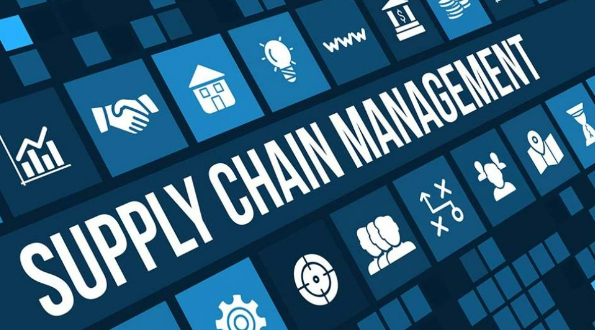 SHARE
SHARE
5 Supply Chain Strategies for Restaurant Distribution Optimization

One of the strategies that can be used to improve supply chain efficiency in the restaurant you manage is through the use of Supply Chain Management (SCM). Implementing SCM will significantly simplify and streamline operations for all parties involved in the business, including customers, manufacturers, distributors, and suppliers.
The goal of implementing SCM is to reduce costs from production to distribution. However, businesses are expected to ensure that they can still meet consumer and customer demand to the fullest.
To optimize SCM strategies, there are certainly several challenges that must be overcome by business owners. One of them is the constant changes in technology that require humans to adapt continuously.
Therefore, to ensure the sustainability of the restaurant business you already have, it is important to design SCM strategies that can be implemented quickly and immediately.
Here are Some Supply Chain Strategies to Optimize Restaurant Distribution
1. Building Good Relationships With Partnership
Source: Microthings
One effective strategy you can do is to build and maintain strong partnerships with every supplier. Effective communication is essential in maintaining these relationships.
By fostering good partnerships, you will experience positive impacts such as ease of transactions, increased order volume, and reduced potential conflicts.
2. Making Plans Based on Consumer Demand
Source: Freepik.com
Another supply chain strategy you can implement is to make plans based on consumer demand.
The SCM principle involved here entails managing more specific demand management, including setting achievement targets, implementing planned strategies, and setting goals with timelines that match the restaurant's capabilities.
Planning based on consumer demand can be based on the preferences and attractions of customers to your restaurant business. If there is a new menu innovation that is favored by customers, you might want to try it out.
3. Create a Virtual Company on the Internet
Source: Freepik.com
Building a virtual company on the Internet can be an effective supply chain strategy. With this step, your restaurant can connect with a much wider market, and suppliers will be ready to provide the materials you need.
However, before starting this virtual company, maximizing management in your restaurant is important. This will help reduce operational costs, improve operational efficiency, and open opportunities for even broader innovations.
4. Perform and Implement Vertical Integration Methods
Source : Aksaragama.com
To improve the restaurant's production capabilities by utilizing supplies from suppliers, vertical integration implementation can be an effective solution. Vertical integration is divided into two types, namely forward integration and backward integration.
Forward integration involves restaurant owners purchasing goods or finished products from manufacturers or suppliers. On the other hand, backward integration is more risky because it involves restaurant players taking steps to invest money that already exists in the restaurant.
5. ERP System for Supply Chain Strategy
Source: nesabamedia
The last strategic step you can take in managing a restaurant is to utilize an Enterprise Resource Planning (ERP) system that improves access to critical information in the business you are running.
In the restaurant business, accurate and timely information is required for smart decision-making in SCM strategies. An ERP system allows restaurant management to access inventory, production data, purchases, and other critical information, all of which are essential for strategic decision-making in the restaurant.
By utilizing an ERP system, restaurants can more easily control the performance of suppliers and ensure that raw materials are available on time. You can also directly access all available products there to design supply chain strategies in restaurant businesses more efficiently.
Those are 5 supply chain strategies, by implementing these five strategies, your restaurant is ready to optimize distribution and face various challenges in the culinary industry. From building strong relationships with suppliers to leveraging ERP technology, these steps can certainly help your restaurant achieve operational efficiency, improve service quality, and strengthen its position in the market. Thus, your restaurant is proven to be ready to compete and grow in this increasingly competitive world.
 SHARE
SHARE









